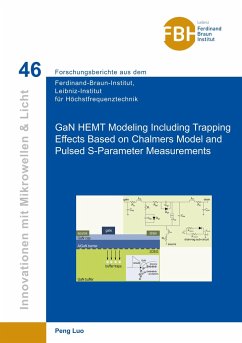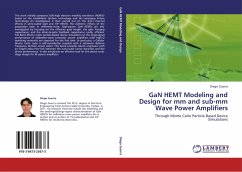GaN HEMTs are regarded as one of the most promising RF power transistor technologies thanks to their high-voltage high-speed characteristics. However, they are still known to be prone to trapping effects, which hamper achievable output power and linearity. Hence, accurately and efficiently modeling the trapping effects is crucial in nonlinear large-signal modeling for GaN HEMTs. This work proposes a trap model based on Chalmers model, an industry standard large-signal model. Instead of a complex nonlinear trap description, only four constant parameters of the proposed trap model need to be determined to accurately describe the significant impacts of the trapping effects, e.g., drain-source current slump, typical kink observed in pulsed I/V characteristics, and degradation of the output power. Moreover, the extraction procedure of the trap model parameters is based on pulsed S-parameter measurements, which allow to freeze traps and isolate the trapping effects from self-heating. The model validity is tested through small- and large-signal model verification procedures. Particularly, it is shown that the use of this trap model enables to dramatically improve the large-signal simulation results.
Hinweis: Dieser Artikel kann nur an eine deutsche Lieferadresse ausgeliefert werden.
Hinweis: Dieser Artikel kann nur an eine deutsche Lieferadresse ausgeliefert werden.








